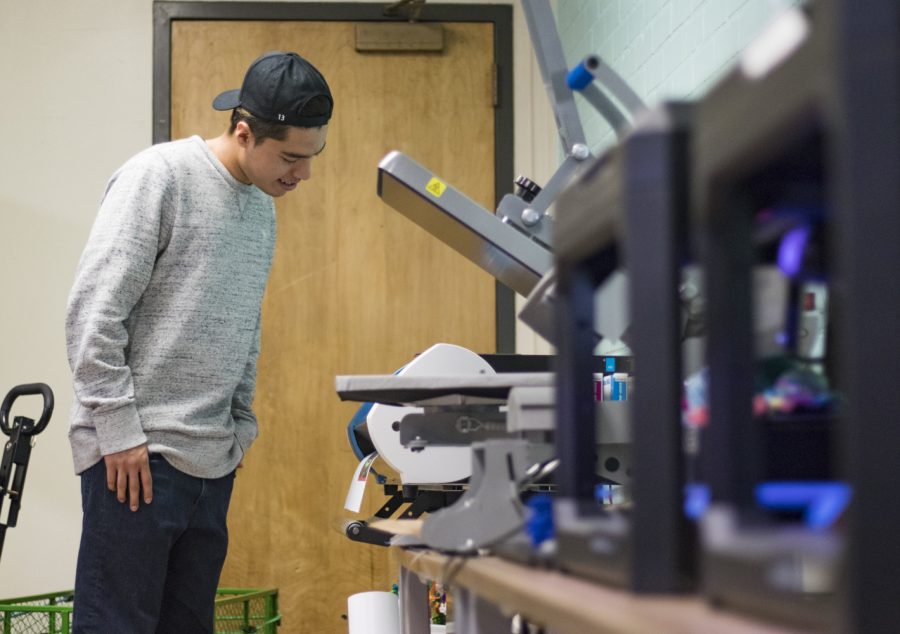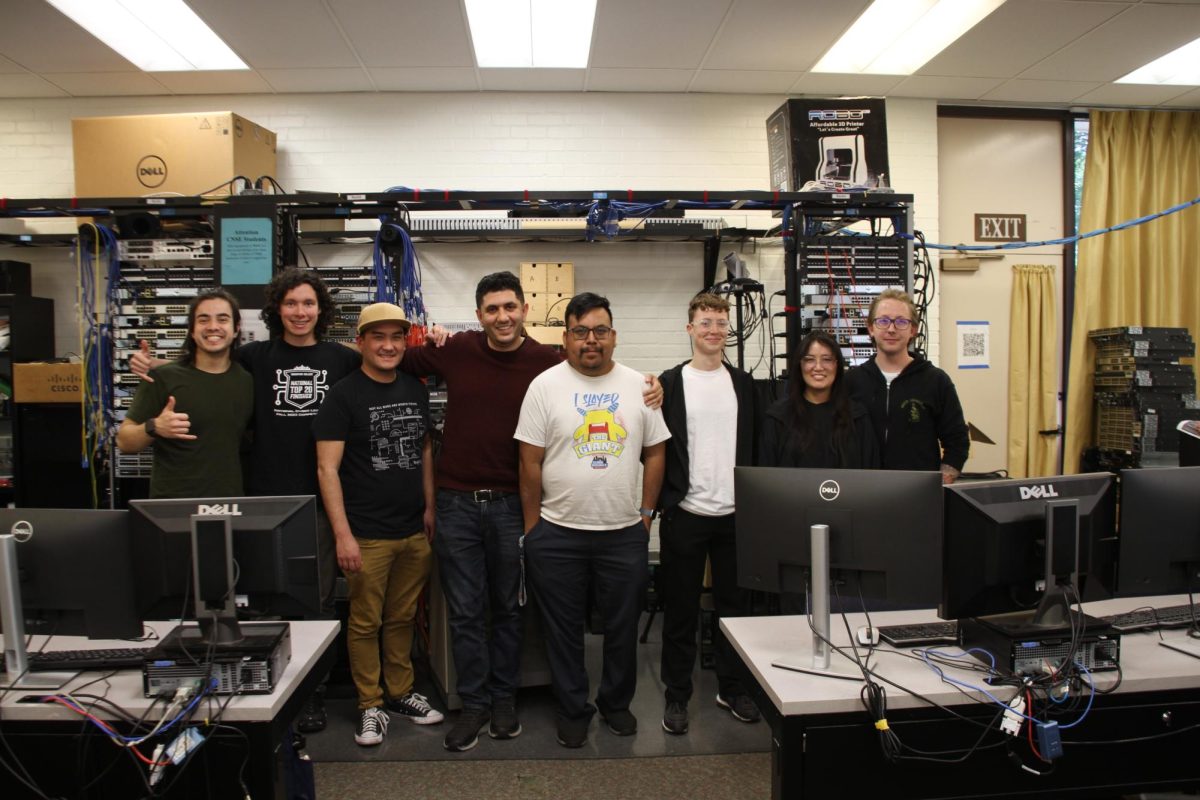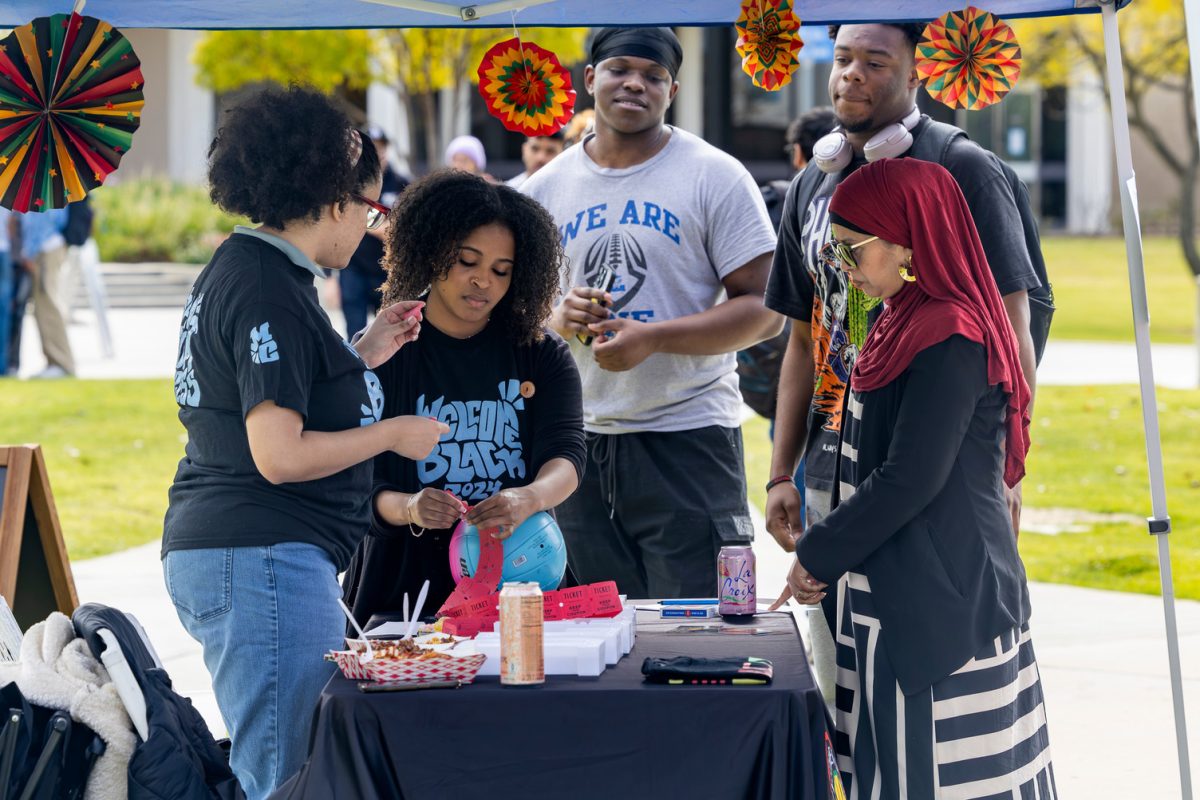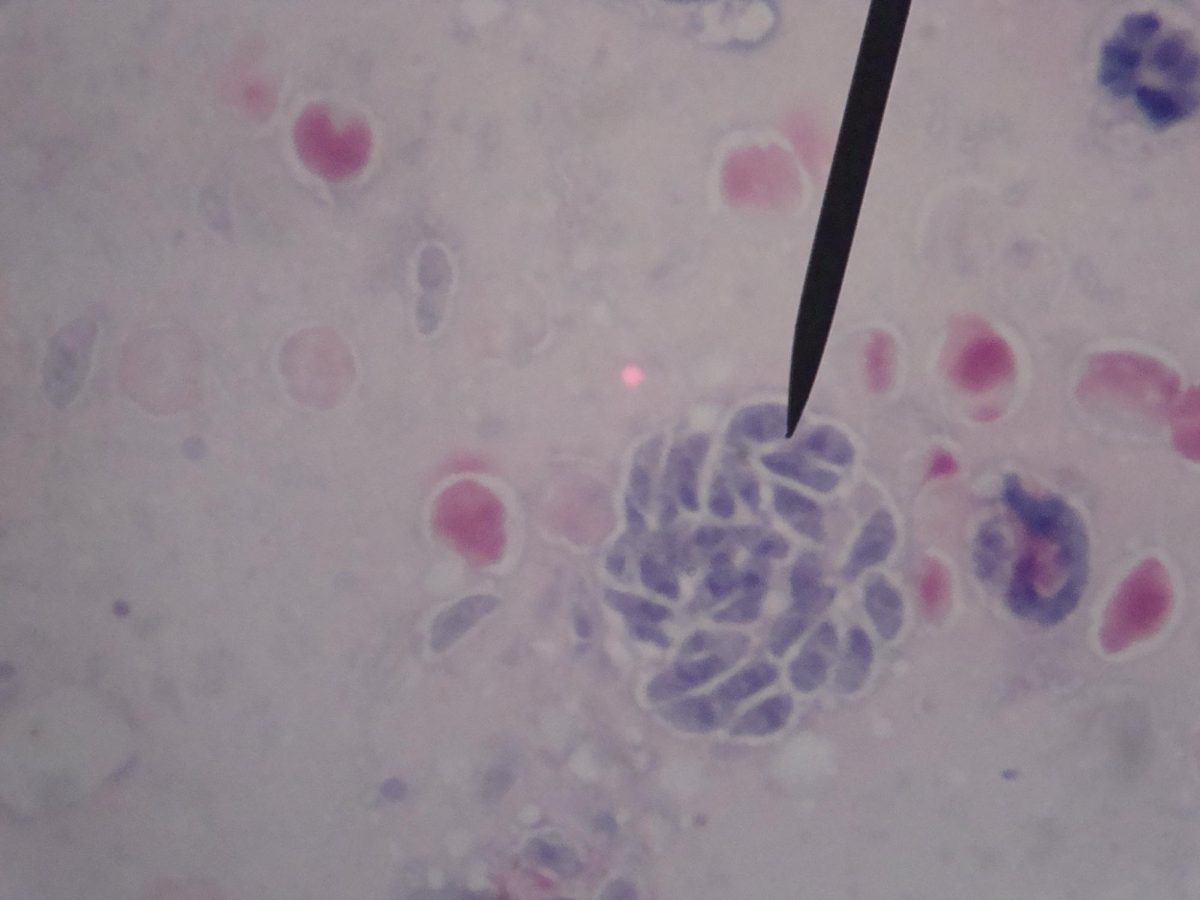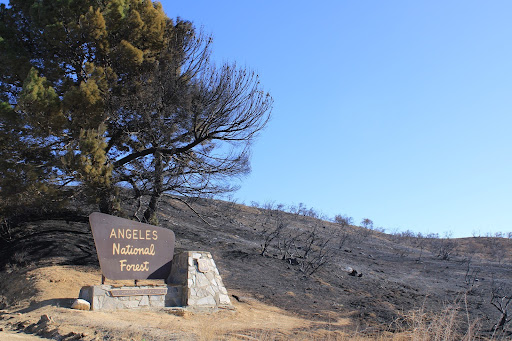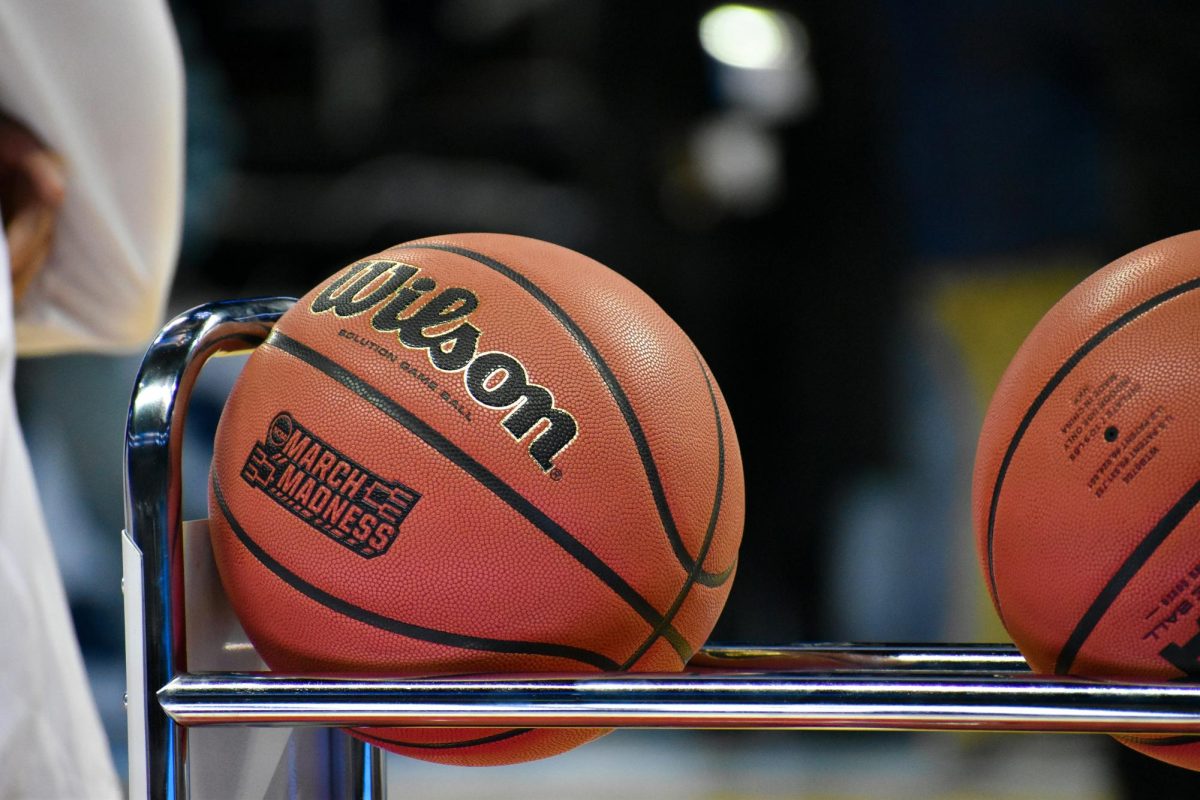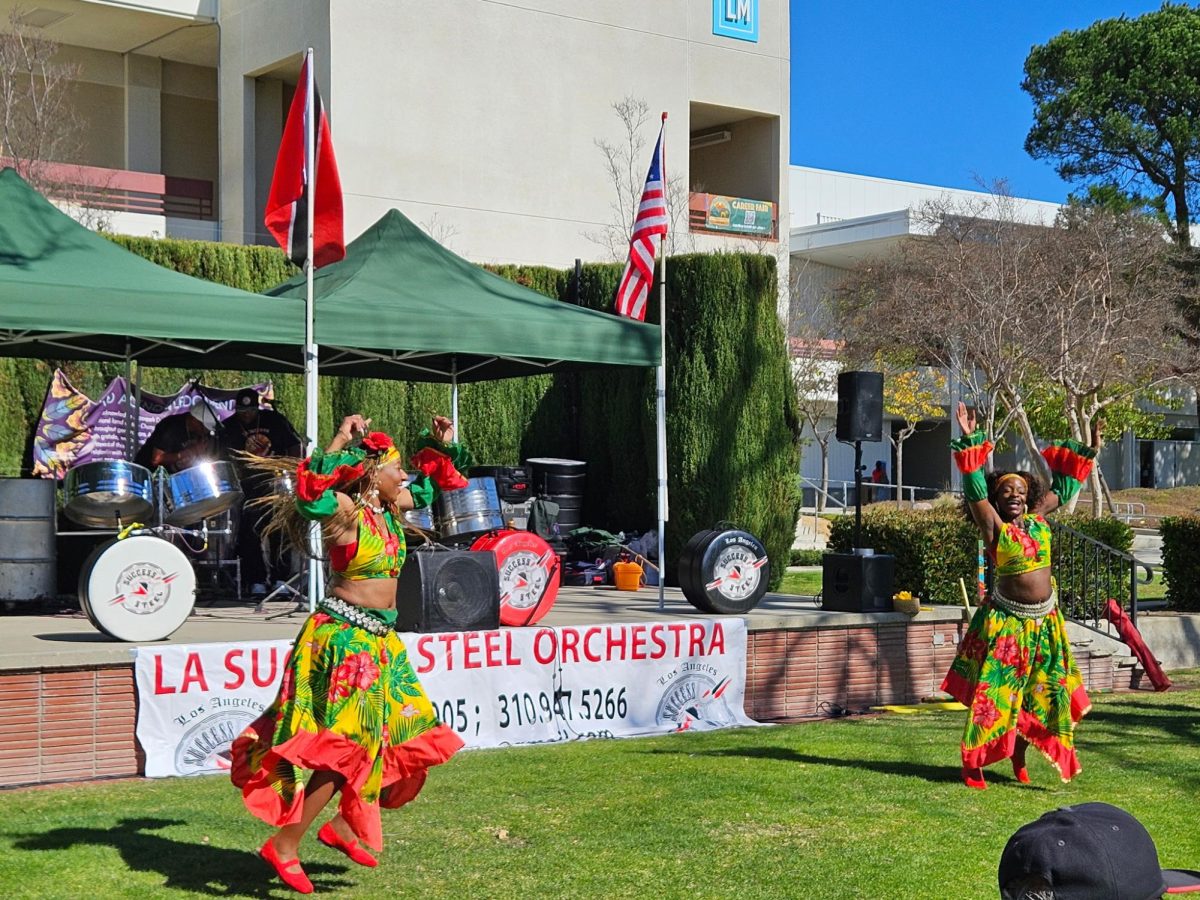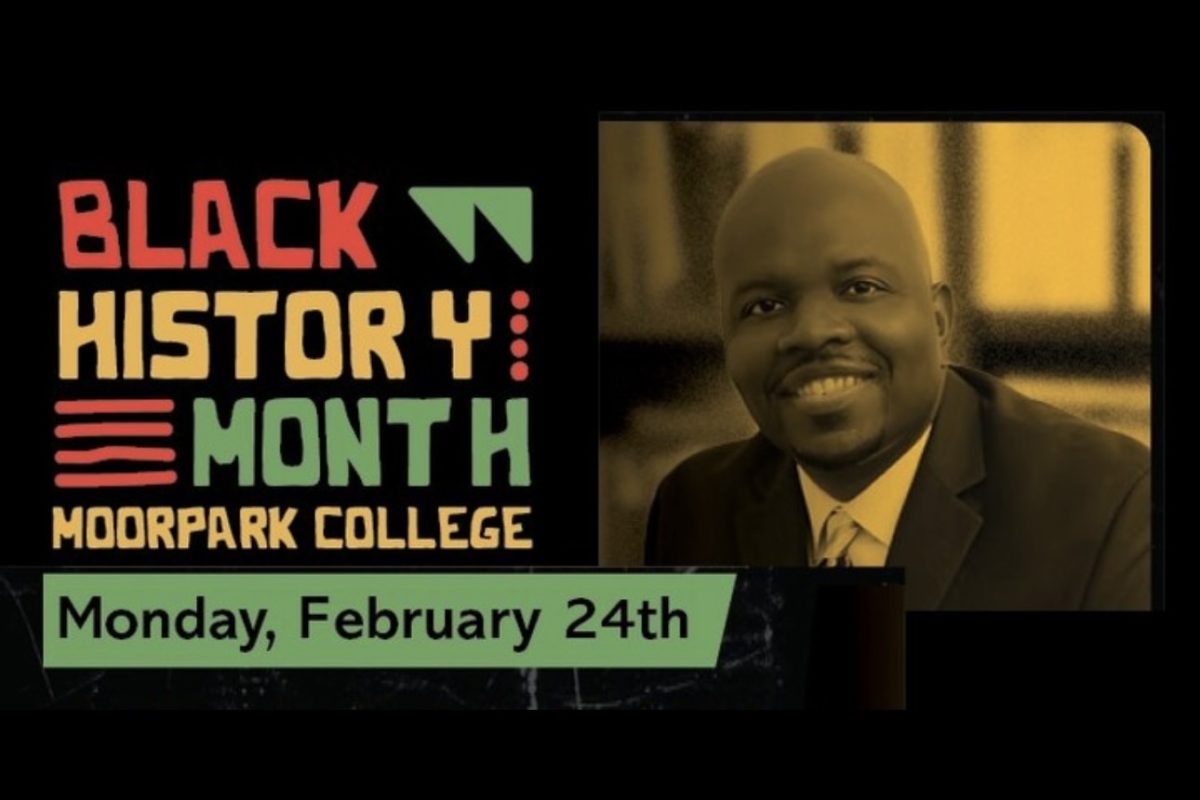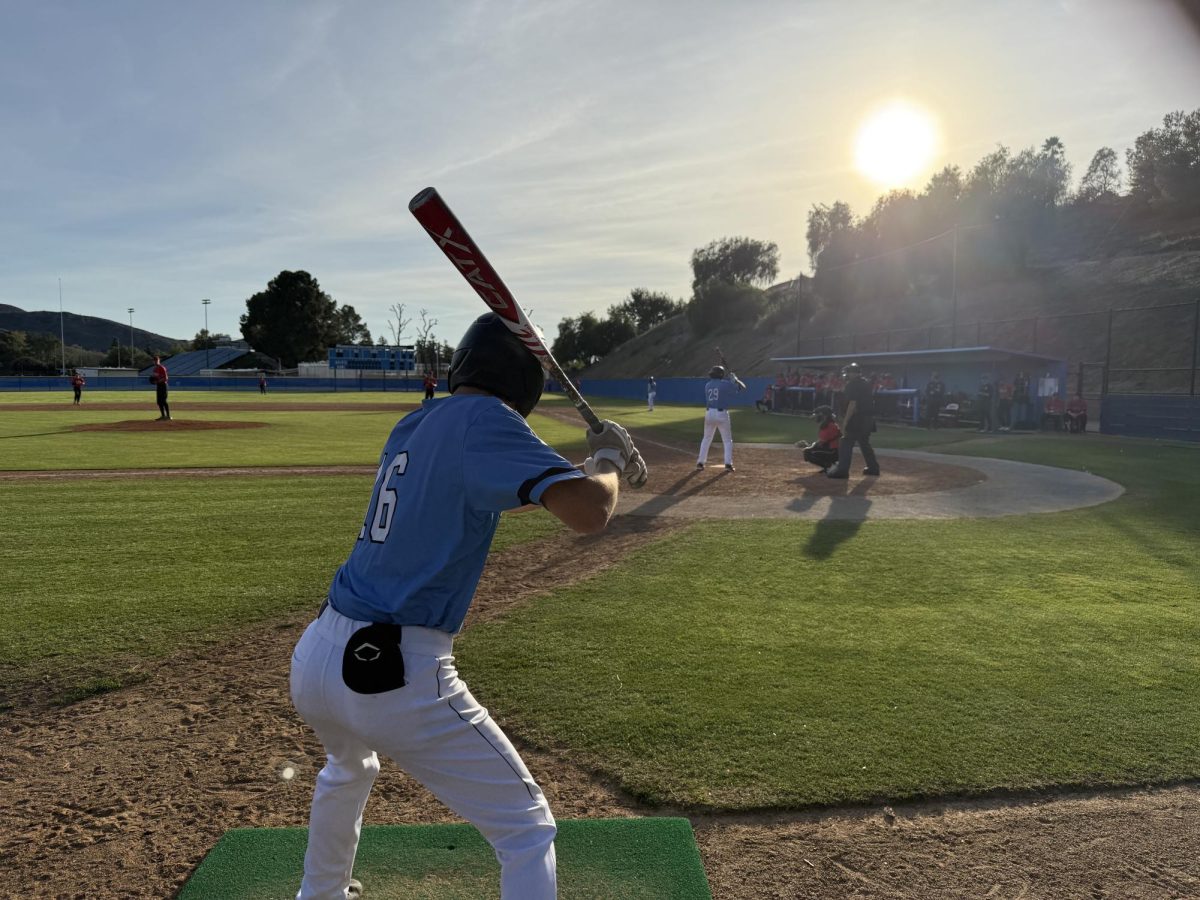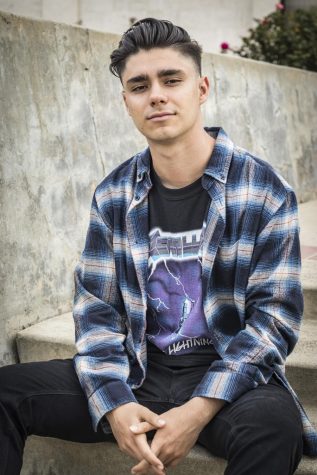As the spring semester comes to an end, so will the grant sustaining Moorpark College’s Makerspace. This grant has funded the Makerspace for the last two years.
Moorpark College was one of 24 colleges awarded the CCC Maker Initiative grant to create and operate a Makerspace on campus. The grant provided $250,000 each academic school year for Makerspace from 2017 to 2019. On May 31, the grant will expire.
Clare Sadnik, art professor and Makerspace coordinator, is in the process of looking for more funding options to maintain all three Makerspace locations for the future.
“We are looking to fund it through other grants … other departments, or potential donors that want to donate to the Makerspace,” Sadnik said. “As well as support from the college.”
The Campus Center location allows students to use a 3D printer, button machine, vinyl printer and cutter, and a stamp machine for free. The digital fabrication lab in Communication building has a laser cutter, milling machine, and another 3D printer. While the location of the Applied Art building welcomes students to use their sewing machine and woodworking tools.
To relieve the cost of supplies, Makerspace will move to a prepaid card system, a “Maker Card,” in Fall 2019. It will act as a credit for students to cover the cost of supplies used and will be available for purchase at the student business office in Fountain Hall for $5 to $10.
Sadnik expects the administration to assist with funding because of how much Makerspace provides for the campus.
“Makerspace is really important so students have access and gain skills on this type of equipment and technology,” Sadnik said. “[It] creates a community on campus … where students can come to collaborate with each other.”
This academic school year alone, over 2,241 students have used a Makerspace location. The number of students using Makerspace resources continues to rise according to Sadnik.
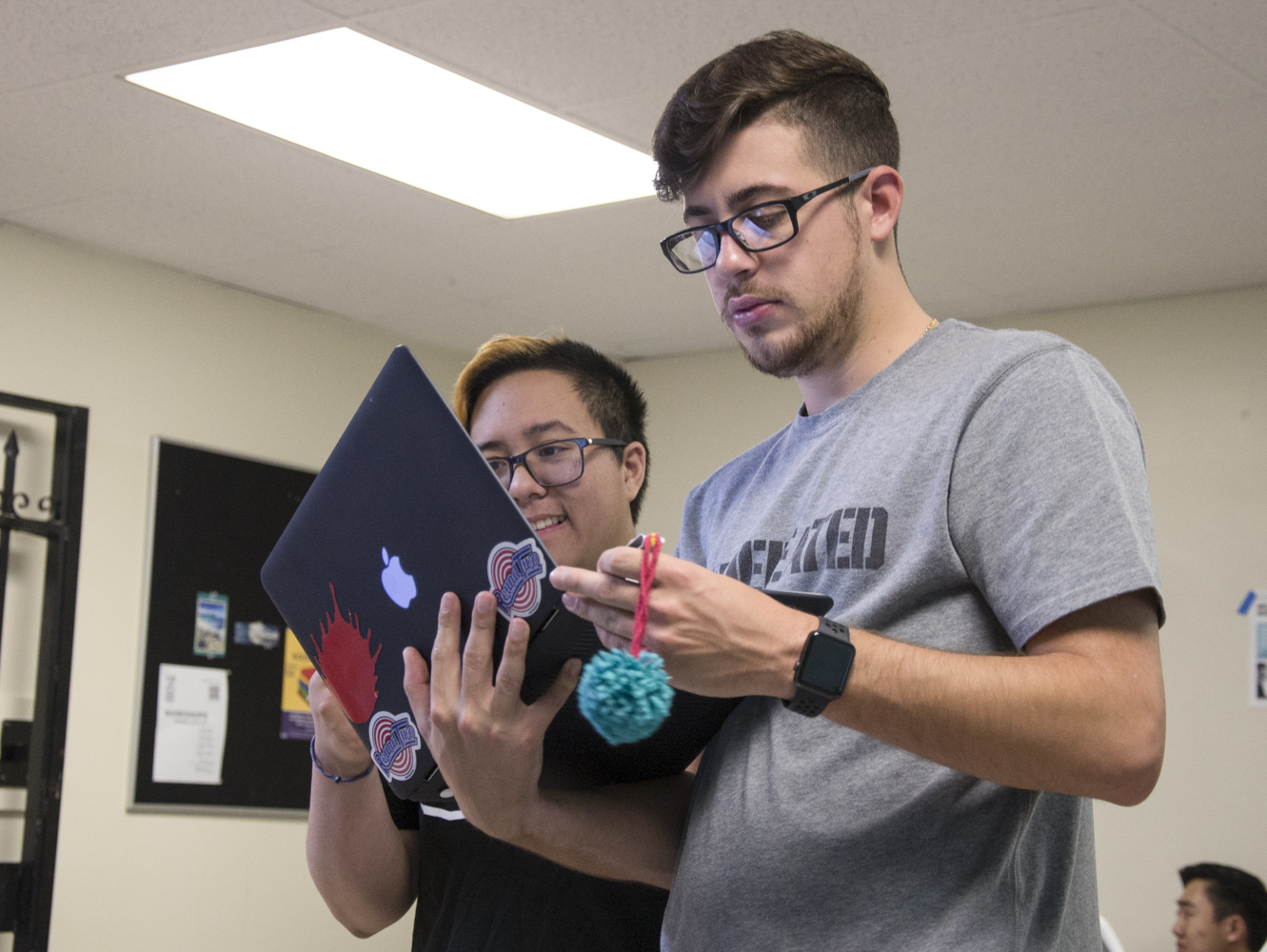
James Howell, 22, has been printing miscellaneous items with Makerspace’s 3D printers since it first opened. Howell is in the process of designing and making armor for his cat.
“If it wasn’t for Makerspace, I wouldn’t have the option at home to this do it, just because Makerspace is able to get a printer of their own,” Howell said. “It allows students to learn about new tech that is out there.”
Not only does Makerspace give students the opportunity to use their equipment for free, but professors are also taking advantage of the tools provided. Whether allowing art classes to use their technology to create their projects, or helping chemistry classes create molecule stickers, Makerspace has become a friendly site that brings together a variety of individuals.
“One of the things we have worked on through these two years is embedding Makerspace into [the] curriculum,” Sadnik said. “[I] reach out to faculty members to help them incorporate the Makerspace equipment and philosophy into their already existing curriculum.”
Gerry Zucca, a ceramics and sculpture professor, was one of the art professors Sadnik reached out too. Since then, Zucca has not stopped using Makerspace.
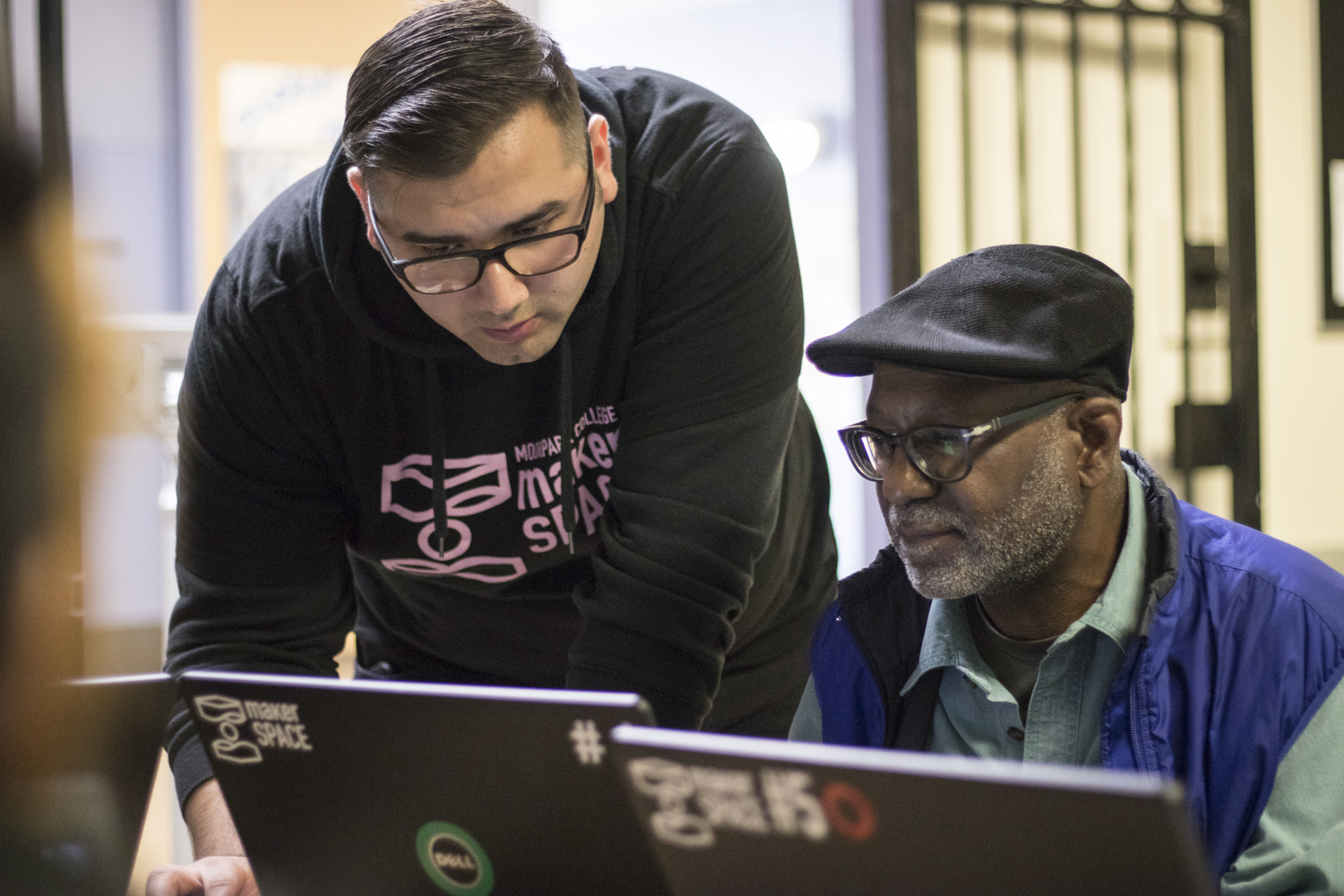
“It has become an integral part of my curriculum to use Makerspace,” Zucca said. “When my students need to use the 3-D printer or laser cutter, Makerspace trains them to use the tools.”
Ivy Lovett, 22, is a Makerspace employee and graphic design student that has taken advantage of the space to help her prepare for the future.
“It’s given me the opportunity to learn how to use this type of equipment and technology,” Lovett said. “Not only does this equipment cost a lot of money, we give students access to it, and have people trained to know how to use the equipment.”
While it is uncertain where Makerspace will receive funding from, they will continue to be open for Fall 2019.

